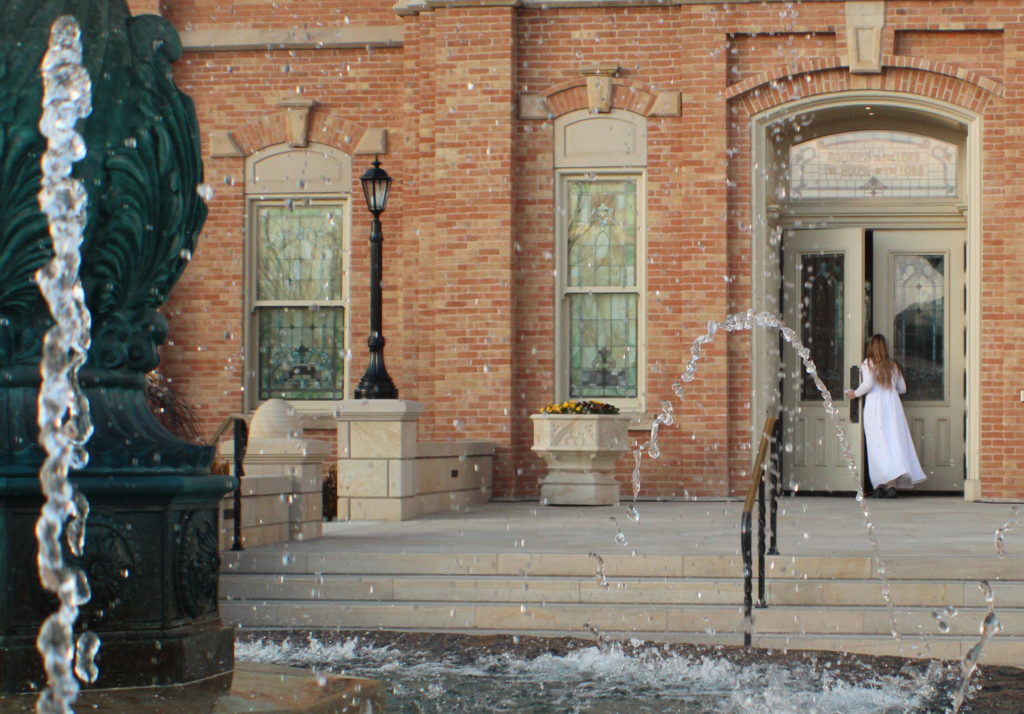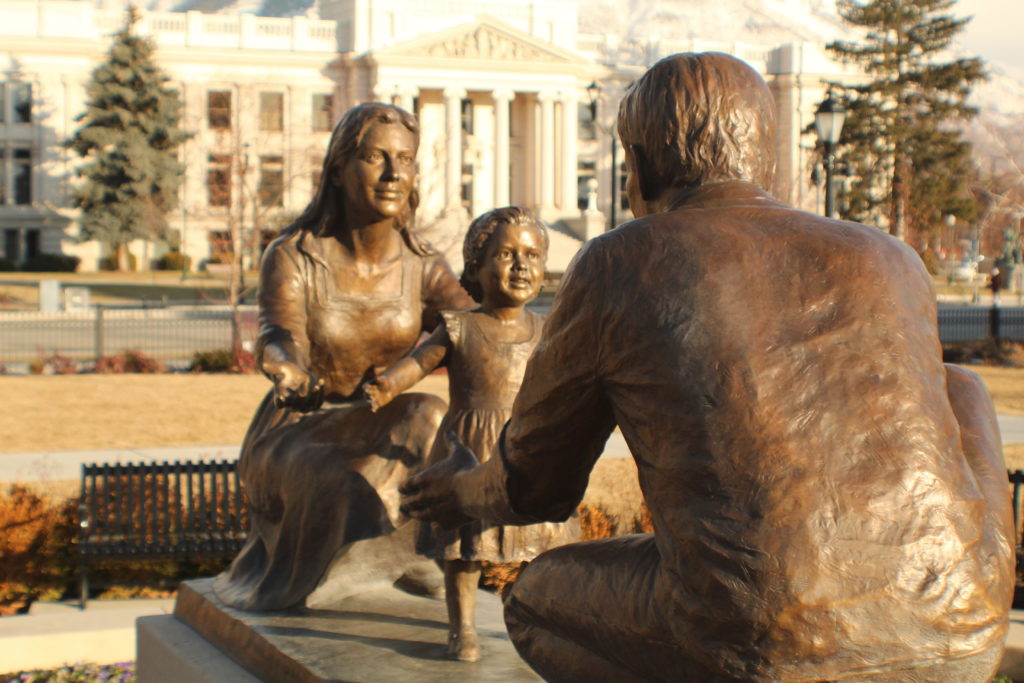
Read in Spanish: Los cambios en las políticas se reflejan, fomentan el cambio cultural en cuanto al papel femenino en la Iglesia
Collette Demars Violette remembers a time when her ward’s Sunday School president was a woman.
Violette’s father, the bishop of their Rhode Island ward in the 1970s, had called a single adult woman to serve in the position. A visiting family from Utah, however, saw the unconventional calling assignment and made Church administrators in Salt Lake City aware of the situation.
Within weeks, Violette said the First Presidency released a statement saying that Sunday School presidents should be male priesthood holders, and a representative from Salt Lake City called Violette’s father and asked him to release the Sunday School president.
Though Church doctrine is unchanging, policies and practices are often influenced by culture and societal expectations, according to Barbara Morgan Gardner, BYU religion professor and author of “The Priesthood Power of Women.” Such cultural presuppositions in the Church include traditional gender role like those described in The Family: A Proclamation to the World.
“Because of tradition, because of society and because of culture, we the people, as members of the Church especially, have put up roadblocks or stopped women from being able to do things that they otherwise could do simply because we don’t understand the doctrines or the policies that the Church has already put into place,” Gardner said.
In the October 2019 General Conference, President Russell M. Nelson called upon women to look past cultural influences and understand and exercise priesthood power. The Church has also changed policies recently regarding women’s participation in ordinances, allowing women to witness ordinances and changing the wording of some temple ordinances.
BYU student Elizabeth Daley said serving as a witness in the temple was especially meaningful to her. She said she felt validated as a woman by the prophet’s recent statements. Fellow student Alex Palmer said the changes were relieving.
“I just feel like there are a lot of things, especially toward gender roles and responsibilities with (the) priesthood, that are more based in tradition and culture rather than doctrine,” Palmer said. “It’s nice that we’re catching up to the truth.”
Gardner said the doctrine of the priesthood, including women’s access to it, has never changed — Church leaders change policy and procedure to better reflect that doctrine and empower women to participate in the Lord’s work. As women and men come to better understand the application of this doctrine, women will be better able to fulfill the Lord’s will, Gardner said.
“There is no power that a man has that a woman doesn’t have,” she said. “We are at the very top of the iceberg when it comes to doing what the women of the Church could be doing right now.”

Washington Stake Relief Society President Jill Whitaker affirmed Church members have yet to fully understand the doctrine of the priesthood and how it applies to women. In visiting the various wards in her stake, Whitaker said, “I could tell there is still a little bit of confusion as to what our role with the priesthood is.”
Whitaker said she feels she has accessed the priesthood power of God when she follows promptings from the Holy Spirit, serves others, performs the duties of her calling and tries to do what she believes is God’s will for her.
“I don’t feel like I have power in the worldly sense, but I feel like I have purpose in the Lord’s sense and that’s what His power is,” she said. “The most important way to use priesthood power is to draw upon the Atonement and anyone can do that.”
While expressing gratitude for the emphasis on women’s priesthood power and the procedural adjustments that have taken place, some Latter-day Saint women also commented on the need for further changes.
Whitaker said for much of her life, she felt her participation in Church leadership was limited and her input as a woman was not highly valued.
“Up until a point in my life, I felt maybe that me being on a ward council or on the stake council was just kind of a ‘Well, we want to have your input, but only to a point,’” she said.
Social media activist and Latter-day Saint Chelsea Homer agreed that in her experience, women’s input in Church councils was regarded as less meaningful than men’s.
“I felt like a consultant at best,” Homer said of her time in a ward council.
Though Homer acknowledged her experiences do not represent the experiences of all Latter-day Saint women, she expressed the hurt she feels over the lack of female representation in Church leadership. Other women, such as BYU student Daley, echoed the sentiment.
“You go through a Conference session, there’s one or two or three women speakers in the whole thing,” Daley said. “I would love to hear from the brethren’s wives, or even from more of the women leaders.”
There are other changes Latter-day Saint women said they want to see stem from a Church culture Violette called “male-dominated.”
Palmer said some elements of Church culture she would like to see change include treating women’s education like an “insurance policy” or a backup plan in case their husbands’ jobs fall through, putting women on a pedestal that doesn’t leave room for complexity and limiting women and girls’ involvement and service.
“We also have dreams and our eternal progress and our intelligence are just as important,” Palmer said.
Gardner called on men in the Church and at BYU to be proactive in contributing to cultural change.
“There’s a great misunderstanding that has been perpetuated for both men and women,” she said. “The men — BYU students, leaders, all men — need to pay the price to understand the priesthood power of women so that women can do what the prophet is asking them to do. It’s synergy — men and women have to work together to fulfill God’s purposes on the Earth and they have to support each other.”




